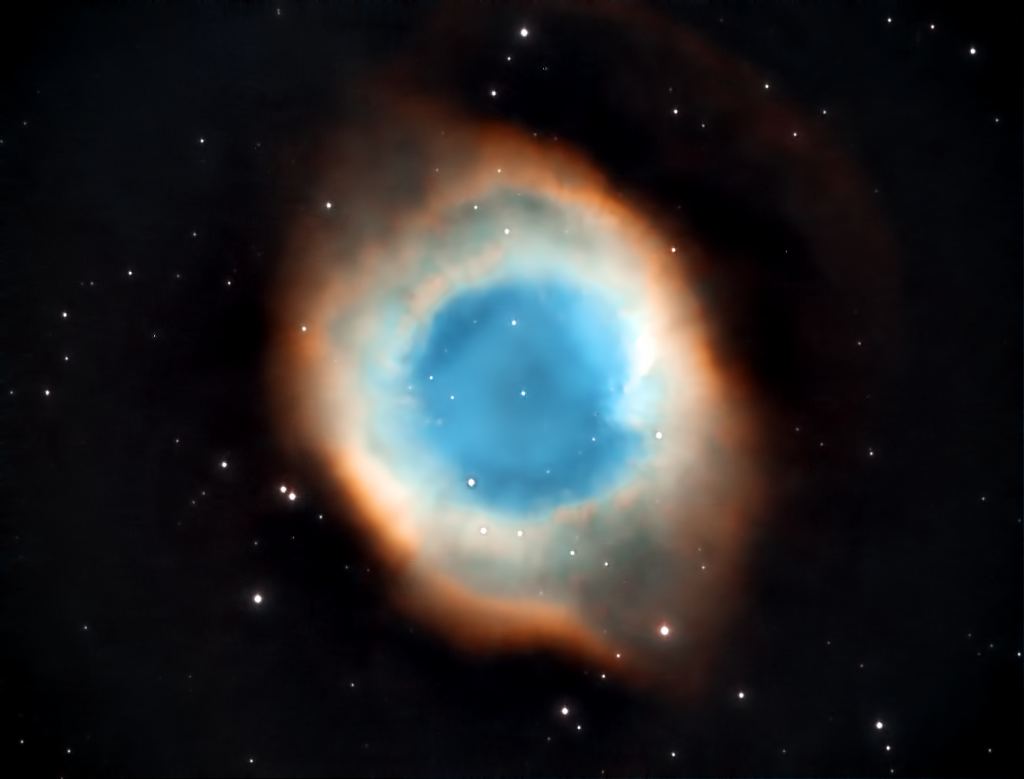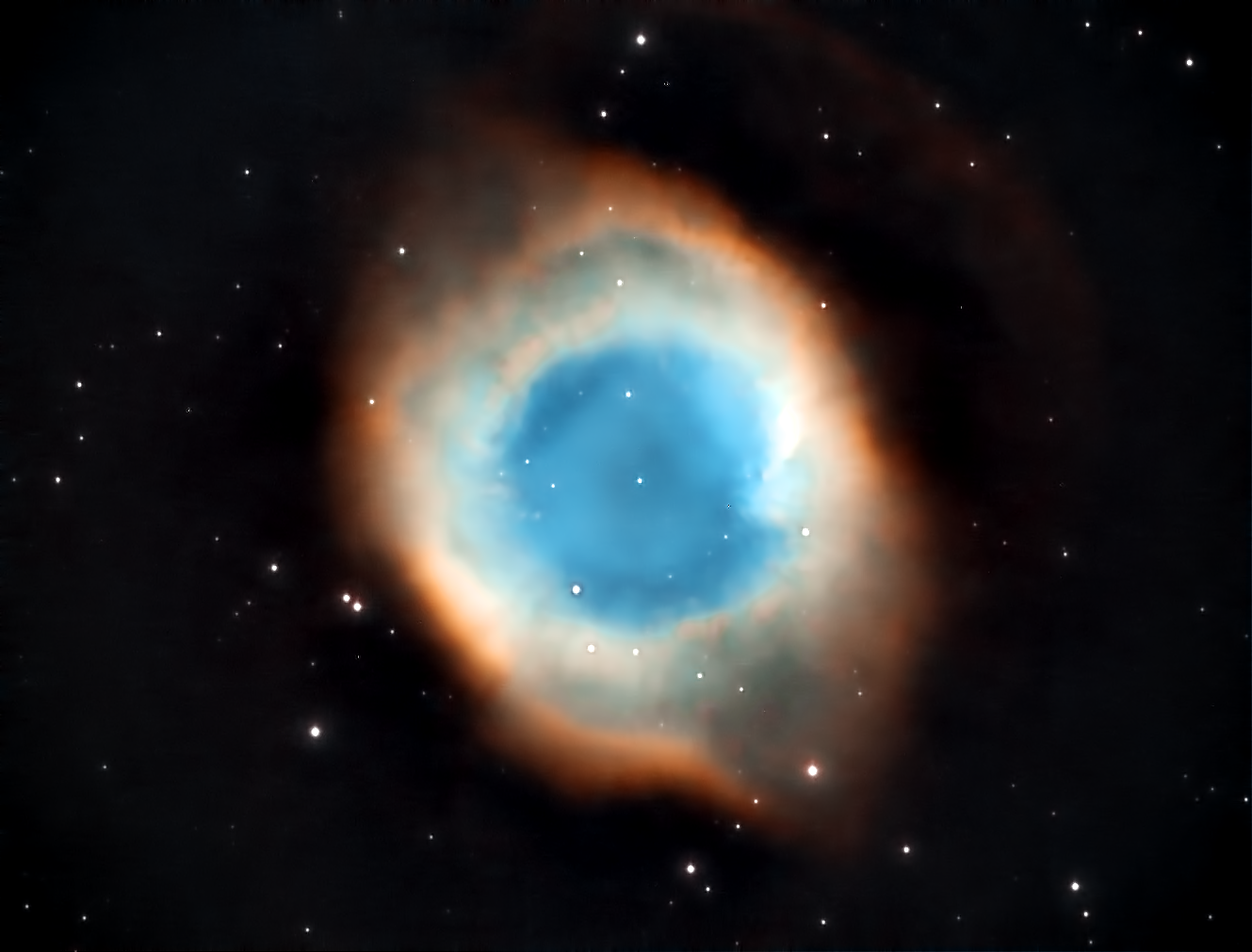
Similar Posts
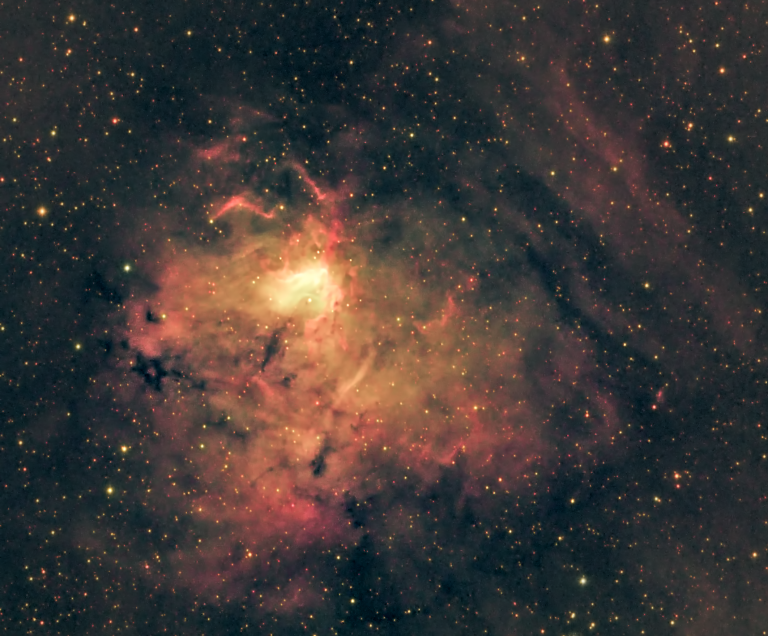
The Nebula with No Name
This dim nebula in the constellation Perseus has no name, apart from its catalog numbers NGC 1491 and LBN 704. I think it deserves one. It reminds me of the Bubble nebula – if you look closely, you’ll see a “bubble” at center being created from the stellar wind of the hot star that is…

The galaxy NGC2841, 46 million light-years away.
This is a somewhat obscure target; at 46 million light-years distant, it’s hard to capture much detail on it from Earth. But that’s what makes it interesting and challenging! Located within the constellation Ursa Major, this is a flocculent spiral galaxy notable for its massive central core. Look around in the background, and you’ll find…
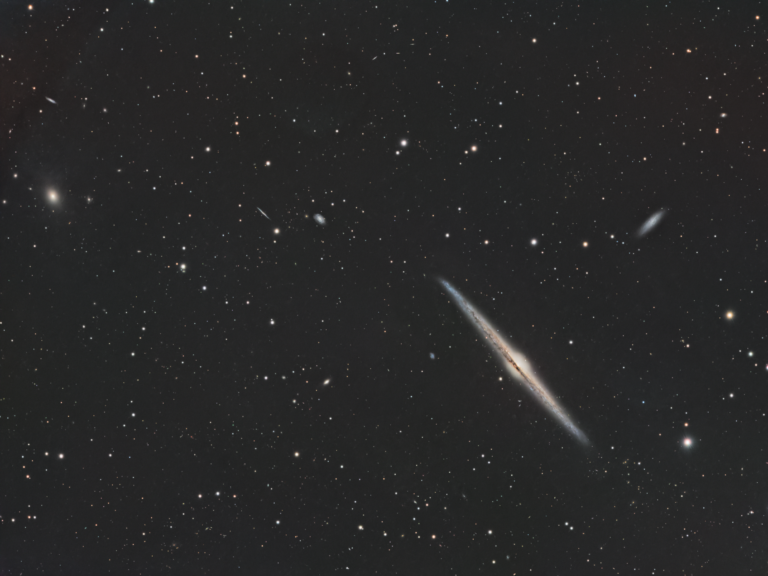
Revisiting the Needle Galaxy
This edge-on spiral is around 40 million light-years away within the constellation Coma Berenices. Lots of satellite and background galaxies to explore around it! Zoom in, and travel back in time – hundreds of millions of years.
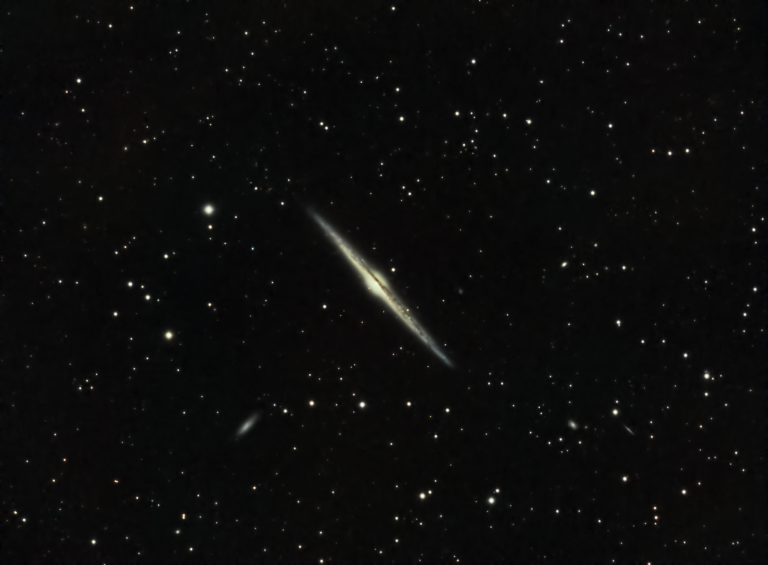
The Needle Galaxy
A spiral galaxy almost 40 million light-years away, viewed edge-on. The dust lane in the center of its disk, and central bulge are clearly visible. A couple of its smaller, satellite galaxies can also be seen here.
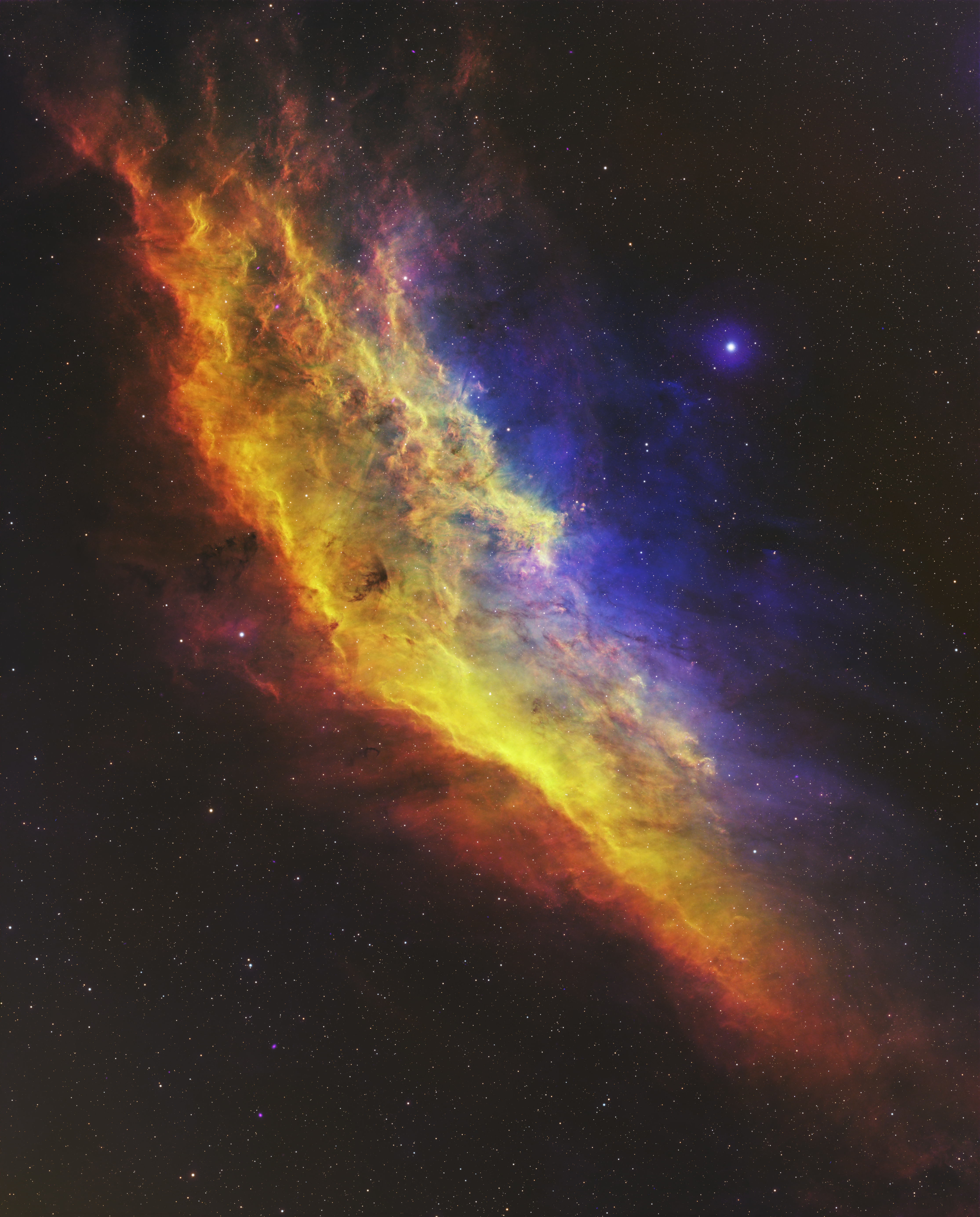
Going Back to Cali
Both on Earth, and in space! While we prepare for a year or two in California, I trained Scopey von Scopington on the California Nebula for a few nights. Pretty obvious how it got its name! This is a two-panel mosaic, consisting of narrowband SHO data for the nebula and broadband RGB for the stars….

The Elephant’s Trunk
Located about 2,400 light-years away in the constellation Cepheus, the “Elephant’s Trunk Nebula” has a distinct “Pillars of Creation” vibe when viewed as a long-exposure, narrowband image in the style of Hubble. Like the “Pillars of Creation” (the Eagle Nebula,) the Elephant’s Trunk is also an area of star formation, containing some young, newly-formed stars….

